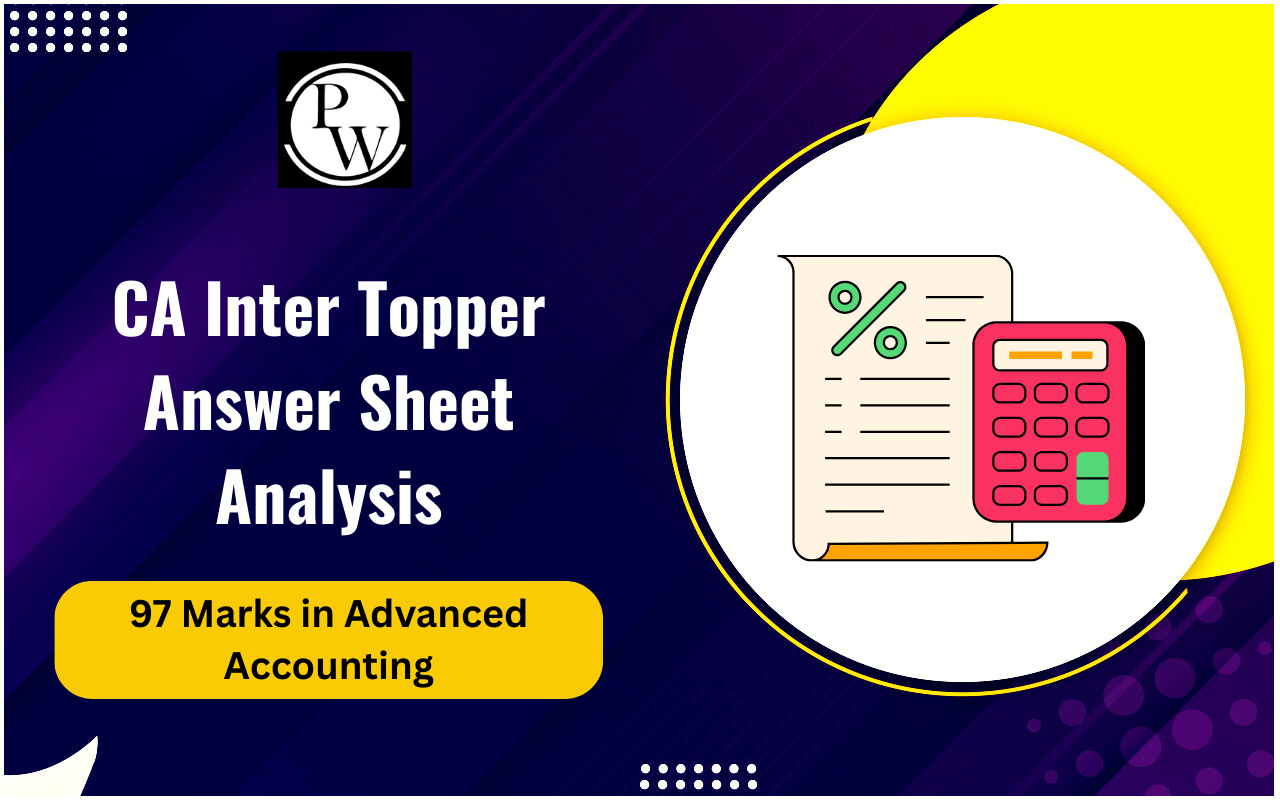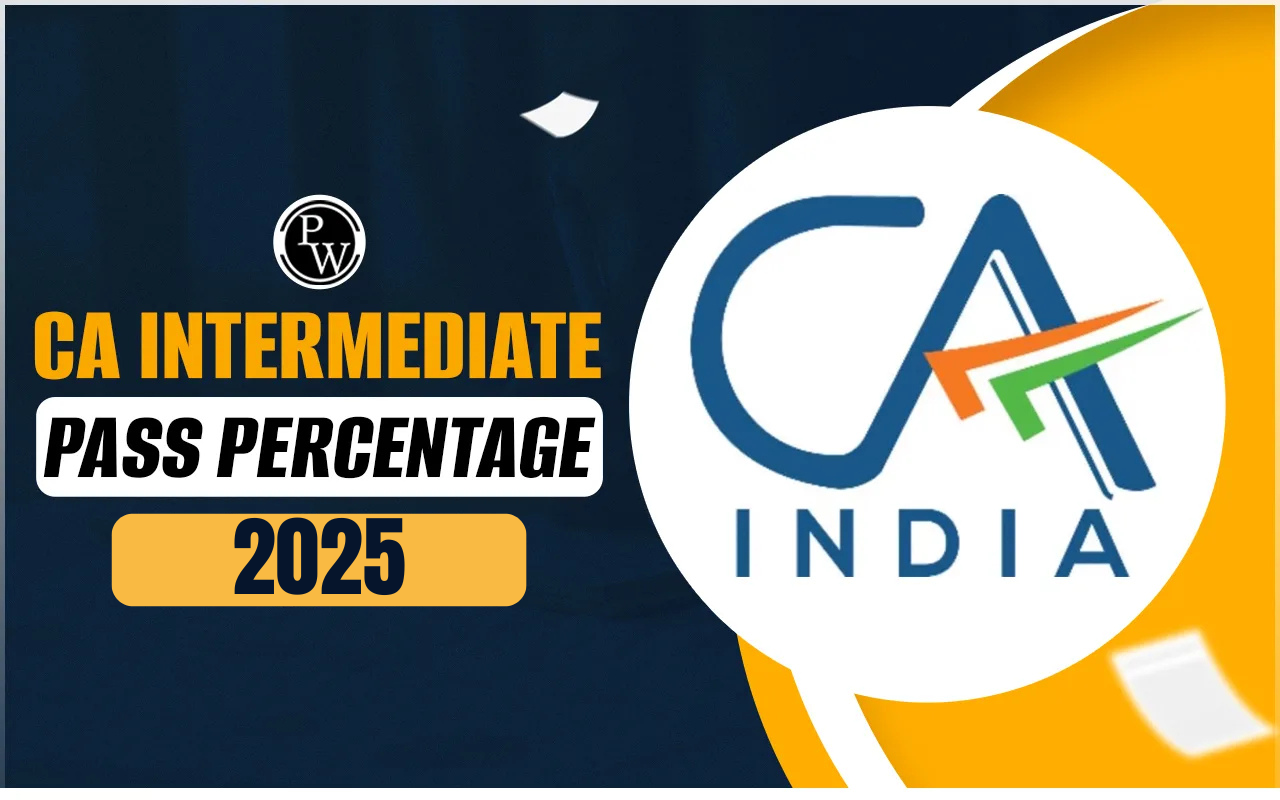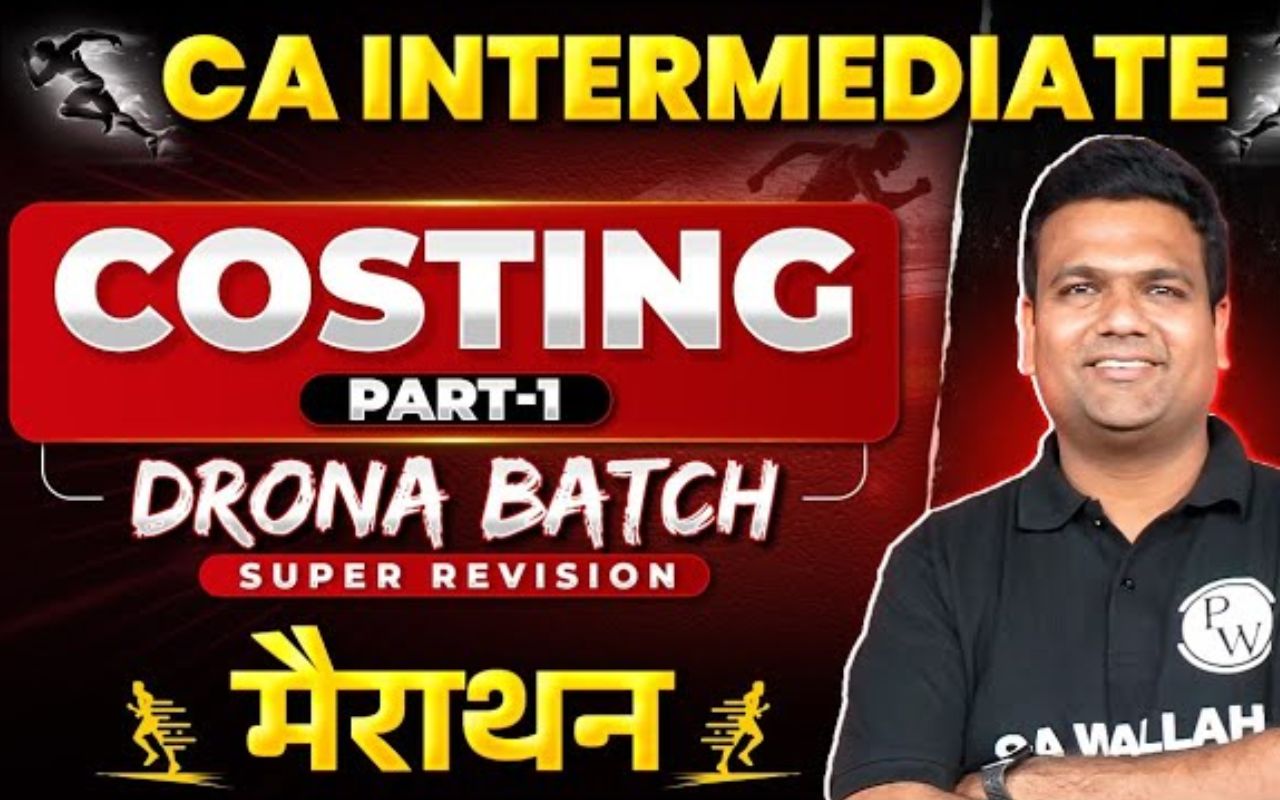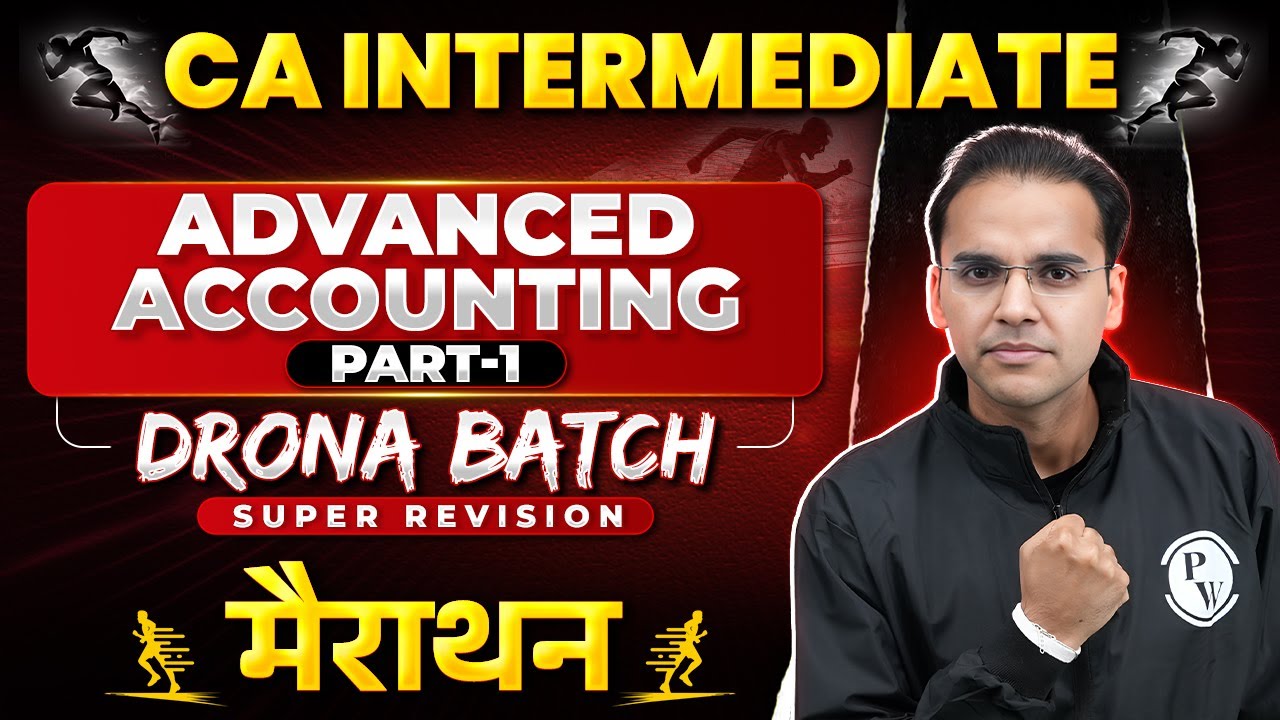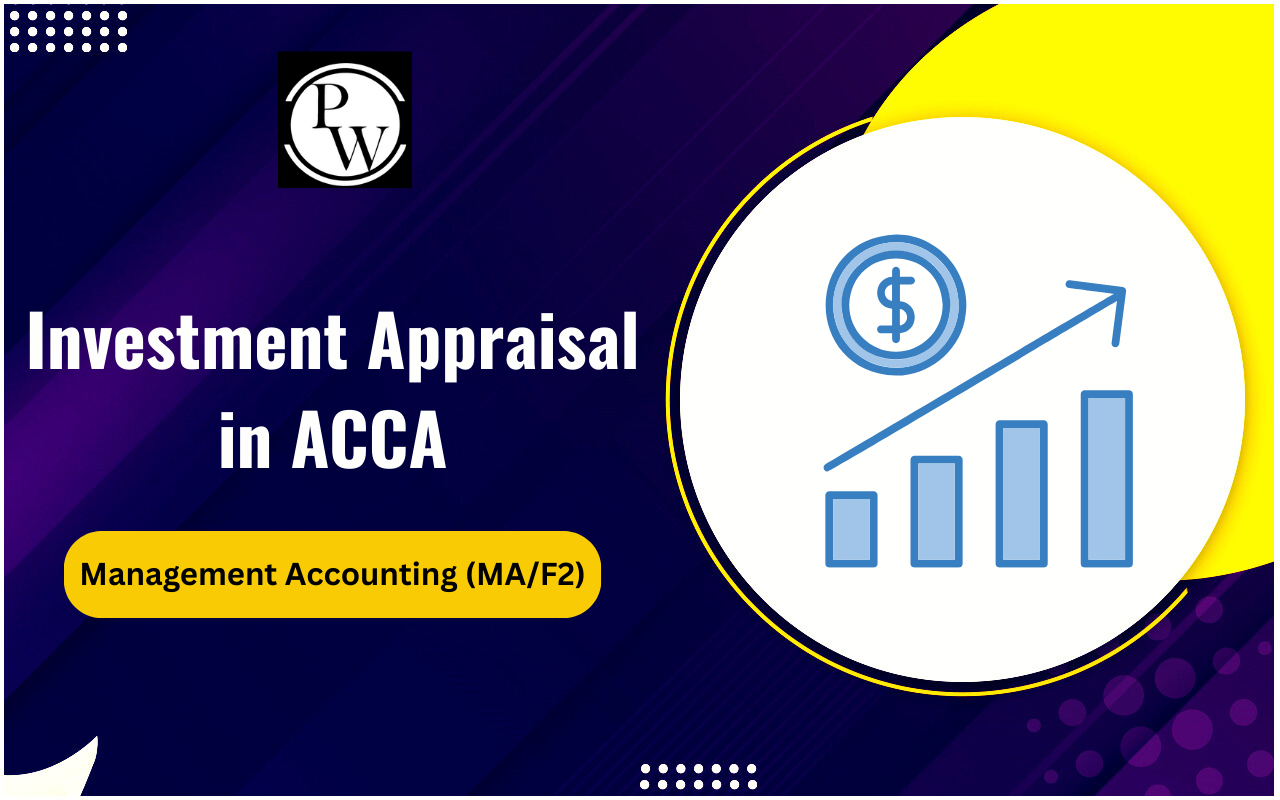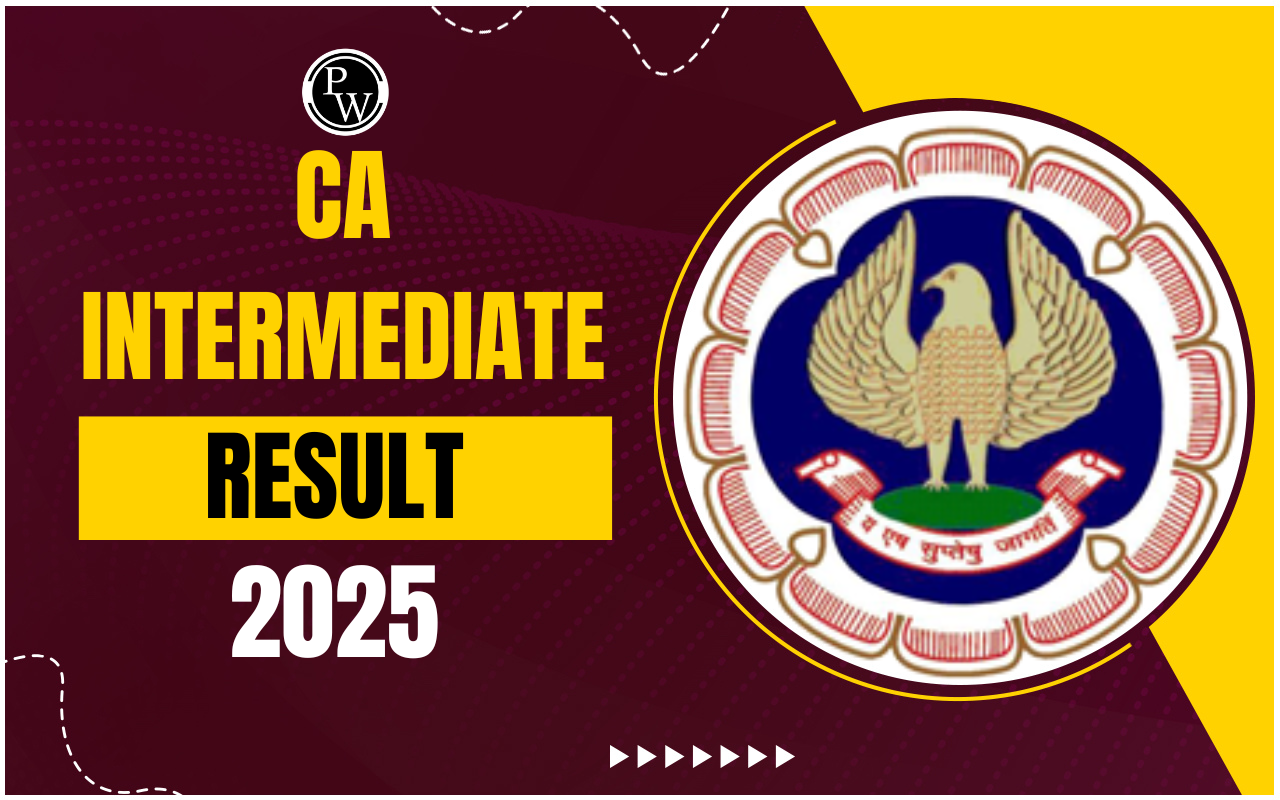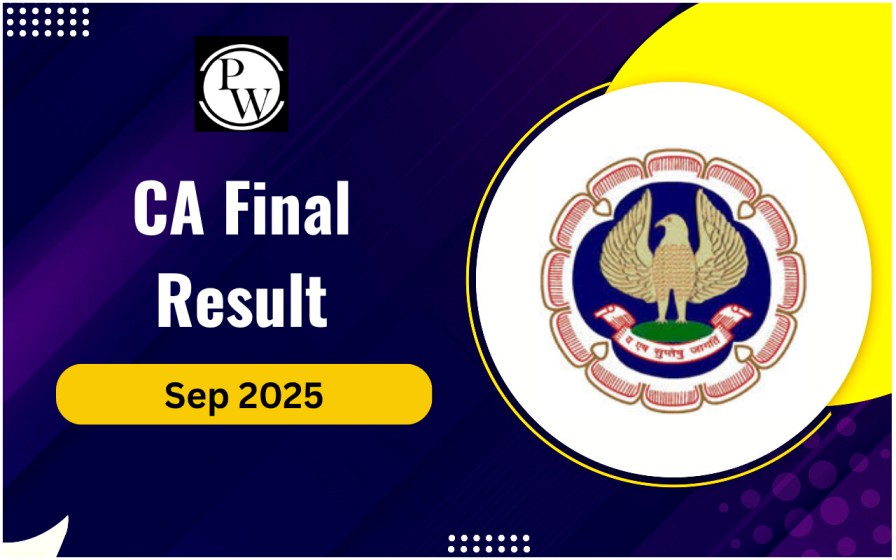
Wealth Tax: As aspiring Chartered Accountants (CAs), it is crucial to grasp the intricacies of various taxation laws, including Wealth Tax. Though abolished in India in 2015, understanding the concept of wealth tax remains essential for CA students, as it provides a foundation for comprehending asset taxation and financial regulation history.
In this article, we will delve into the definition, history, components, and implications of abolishing wealth tax for CA Exams .What is Wealth Tax?
Wealth Tax was a form of direct tax imposed on the net wealth of individuals, Hindu Undivided Families (HUFs), and companies. Unlike income tax, which is levied on income earned, wealth tax was charged on the market value of owned assets minus any liabilities. The primary aim was to reduce economic disparity by taxing the wealthy. For CA students, it is crucial to understand that wealth tax covers a wide range of assets, including real estate, gold, jewelry, and financial securities. The tax rate was 1% on the net wealth exceeding Rs. 30 lakhs. Though no longer in effect, the principles of wealth tax still influence current financial regulations and tax policies.History and Evolution of Wealth Tax in India
The concept of Wealth Tax was introduced in India in 1957 under the Wealth Tax Act, 1957, during a time when the government sought to address income inequality and accumulate revenue from the affluent. Initially, the wealth tax rates were progressive, meaning higher net worth attracted higher tax rates. Over the years, numerous amendments were made to the Wealth Tax Act to refine its application and enforcement. However, in 2015, the government abolished wealth tax through the Finance Act, 2015. The rationale was to streamline the tax system, reduce administrative burdens, and shift focus towards income tax and surcharges on the super-rich. For CA students, understanding this historical context is vital as it reflects how tax policies evolve in response to economic and administrative needs.Also Check: Taxation of E-Commerce
Components of Wealth Tax
Understanding the components of Wealth Tax is vital for comprehending its implications:Assets Covered
The Wealth Tax was levied on various assets, including residential and commercial properties, cars, jewelry, yachts, boats, aircraft, urban land, and cash in hand exceeding a specified limit. Understanding these components helps CA students recognize the scope of tax.Exemptions
Certain assets were exempt from wealth tax, such as productive agricultural land, one residential house or property, and specified assets owned by social and charitable organizations. These exemptions aimed to encourage productive asset use and support philanthropic activities.Calculation
The taxable wealth was calculated by aggregating the market value of all assets, deducting any outstanding loans or liabilities. CA students should note the importance of accurate valuation and the deduction process in wealth tax calculations.Filing and Compliance
Taxpayers with net wealth exceeding the threshold were required to file a wealth tax return using Form BA. Compliance involved maintaining detailed records of asset values and liabilities. For CA aspirants, mastering these procedural aspects is crucial for effective tax practice.Implications of Abolishing Wealth Tax
The abolition of Wealth Tax had significant implications for both taxpayers and the government. Firstly, it simplified the tax structure, reducing the compliance burden on taxpayers and administrative costs for the government. This move was welcomed by many as it streamlined tax processes and minimized disputes related to asset valuation. However, it also meant a shift in the tax burden. To compensate for the revenue loss from wealth tax, the government introduced additional surcharges on high-income individuals. This change highlighted the importance of a balanced tax policy that ensures fair revenue generation without disproportionately affecting any single group. For CA students aiming to excel in their exams and careers, a deep understanding of taxation, including the history and principles of Wealth Tax, is essential. PW CA Courses offers comprehensive courses designed to help you master these concepts and succeed in your CA journey. Enroll now and take the first step towards becoming a knowledgeable and skilled Chartered Accountant.| Also Check | |
| Fraud Detection and Prevention | Environmental Audit |
| Audit of Non-Profit Organizations | Forensic Audit |
| Governmental Accounting | Compliance Audit |
Wealth Tax FAQs
What was the Wealth Tax rate in India?
The wealth tax rate in India was 1% on net wealth exceeding Rs. 30 lakhs.
Why was Wealth Tax abolished in India?
Wealth Tax was abolished to simplify the tax structure and reduce administrative burdens, shifting focus towards income tax and surcharges on the wealthy.
Which assets were covered under Wealth Tax?
Wealth Tax covered assets like real estate, cars, jewelry, yachts, boats, aircraft, urban land, and cash exceeding certain limits.
Were there any exemptions under Wealth Tax?
Yes, exemptions included productive agricultural land, one residential house, and assets owned by charitable organizations.
How was taxable wealth calculated under Wealth Tax?
Taxable wealth was calculated by aggregating the market value of all assets and deducting any outstanding liabilities.
🔥 Trending Blogs
Talk to a counsellorHave doubts? Our support team will be happy to assist you!

Free Learning Resources
PW Books
Notes (Class 10-12)
PW Study Materials
Notes (Class 6-9)
Ncert Solutions
Govt Exams
Class 6th to 12th Online Courses
Govt Job Exams Courses
UPSC Coaching
Defence Exam Coaching
Gate Exam Coaching
Other Exams
Know about Physics Wallah
Physics Wallah is an Indian edtech platform that provides accessible & comprehensive learning experiences to students from Class 6th to postgraduate level. We also provide extensive NCERT solutions, sample paper, NEET, JEE Mains, BITSAT previous year papers & more such resources to students. Physics Wallah also caters to over 3.5 million registered students and over 78 lakh+ Youtube subscribers with 4.8 rating on its app.
We Stand Out because
We provide students with intensive courses with India’s qualified & experienced faculties & mentors. PW strives to make the learning experience comprehensive and accessible for students of all sections of society. We believe in empowering every single student who couldn't dream of a good career in engineering and medical field earlier.
Our Key Focus Areas
Physics Wallah's main focus is to make the learning experience as economical as possible for all students. With our affordable courses like Lakshya, Udaan and Arjuna and many others, we have been able to provide a platform for lakhs of aspirants. From providing Chemistry, Maths, Physics formula to giving e-books of eminent authors like RD Sharma, RS Aggarwal and Lakhmir Singh, PW focuses on every single student's need for preparation.
What Makes Us Different
Physics Wallah strives to develop a comprehensive pedagogical structure for students, where they get a state-of-the-art learning experience with study material and resources. Apart from catering students preparing for JEE Mains and NEET, PW also provides study material for each state board like Uttar Pradesh, Bihar, and others
Copyright © 2025 Physicswallah Limited All rights reserved.
Get App

